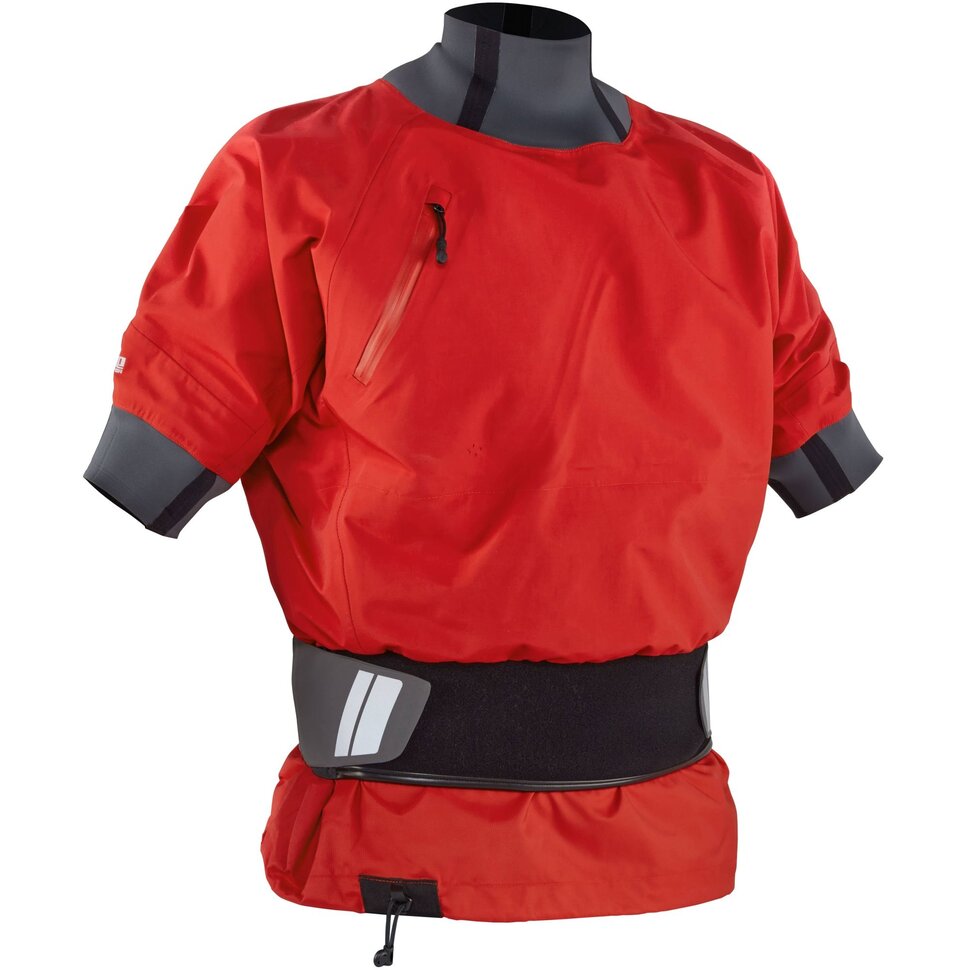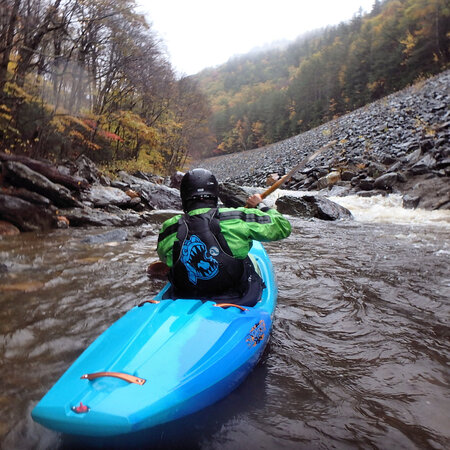How to care for your drytop and drywear
02 Jul 2021

The cold weather is upon us and it’s a bit more challenging to keep our gear clean and smelling good. The summer months are great for hanging gear on a shaded line and letting the warm air do the drying work, but a bit more care should be taken now. Have some treats from our experts on how to manage your gear for the off-season.
Daily Paddling Care
- Prolonged wet gear is tough on equipment. Gear left uncleaned can foster microbes, mold and is generally stinky.
- Wash your equipment with clean water after paddling. This should be done after each paddling session as river water contains microbes that can fester.
- Consider Neoprene soap to clean equipment.
- Do Not let gear sit in a hot trunk of a car. The temperatures can get hot enough to melt glue on laminated garments and is very rough on latex gaskets.
- Do Not leave gear drying in the sun. UV rays quickly degrades fabric.
Every So Oftens
- Use a washing machine with a tech wash detergent that is meant to be used with technical apparel. Air dry.
- If after using a washing machine your waterproof fabric is not beeding water, you may need to reapply a DWR coating. It’s easy to do with products like Nikwax TX Direct Spray-On Waterproofing
- 303 Aerospace Protectant is a must for the longevity of latex gaskets
- Zippers are the most expensive repair on a drysuit so be gentle on them when storing your garments. Don’t fold a pinch on a zipper. Use a toothbrush and mild soap to scrub out the debris, then lube them up with Gear Aid Zip Tech.
- Sink The Stink Gear Deodorizer You know who you are… This stuff is great for footwear too. Neoprene footwear is a challenge because neoprene doesn’t breath, it takes longer to dry, increasing that time for microbes. Sink the stink attacks the bad odor producing microbes. Using a boot dryer to speed up drying time after a fresh water rinse helps too.
- Do Not use machine dryers. The hot temps can damage latex gaskets or rubber material.
Fall and Spring
- Inspect your gear before and after long term storage
- Do all the steps listed in the “every so often”
- Fully dry garments before storing or they can mold
- Be careful of humidity and areas with high heat potential
- Tupperware boxes are great for keeping critters out, also remove wrappers from your lifejacket pockets.
- Do Not store in furnace rooms that can produce ozone and damage gaskets. We give similar advice to professional swiftwater rescue teams with large vehicle bays, the ozone created can deteriorate latex.
Keep your paddle in your bedroom so you dream about paddling all winter.
Be the first to comment...


